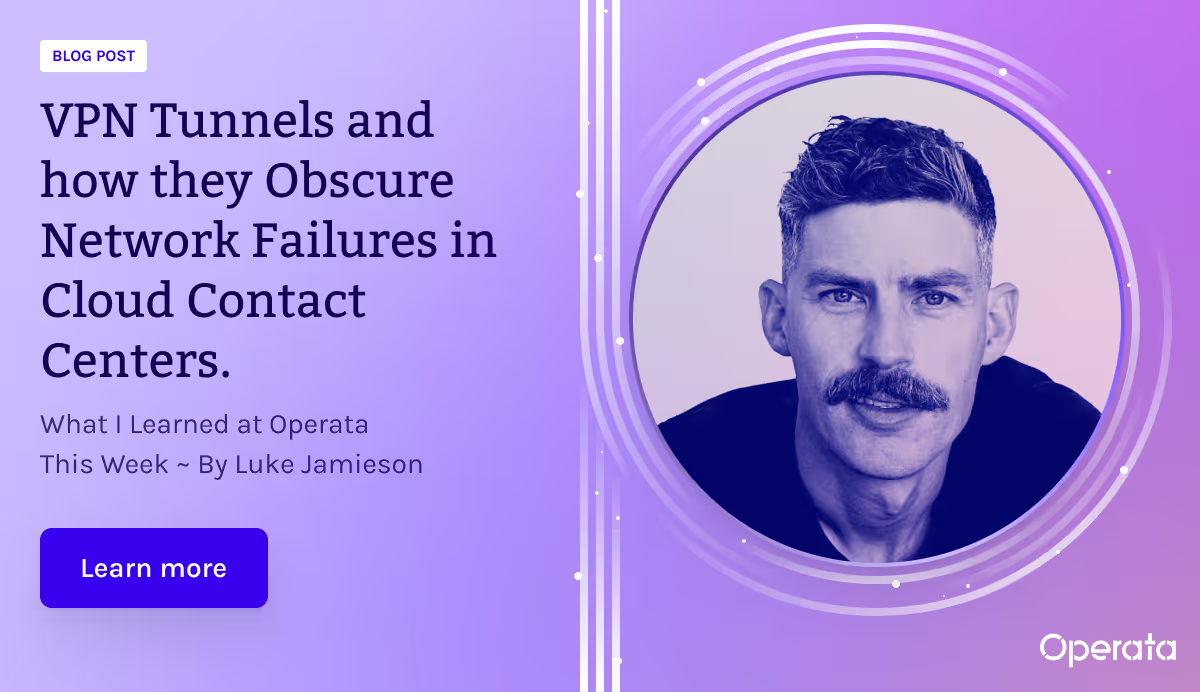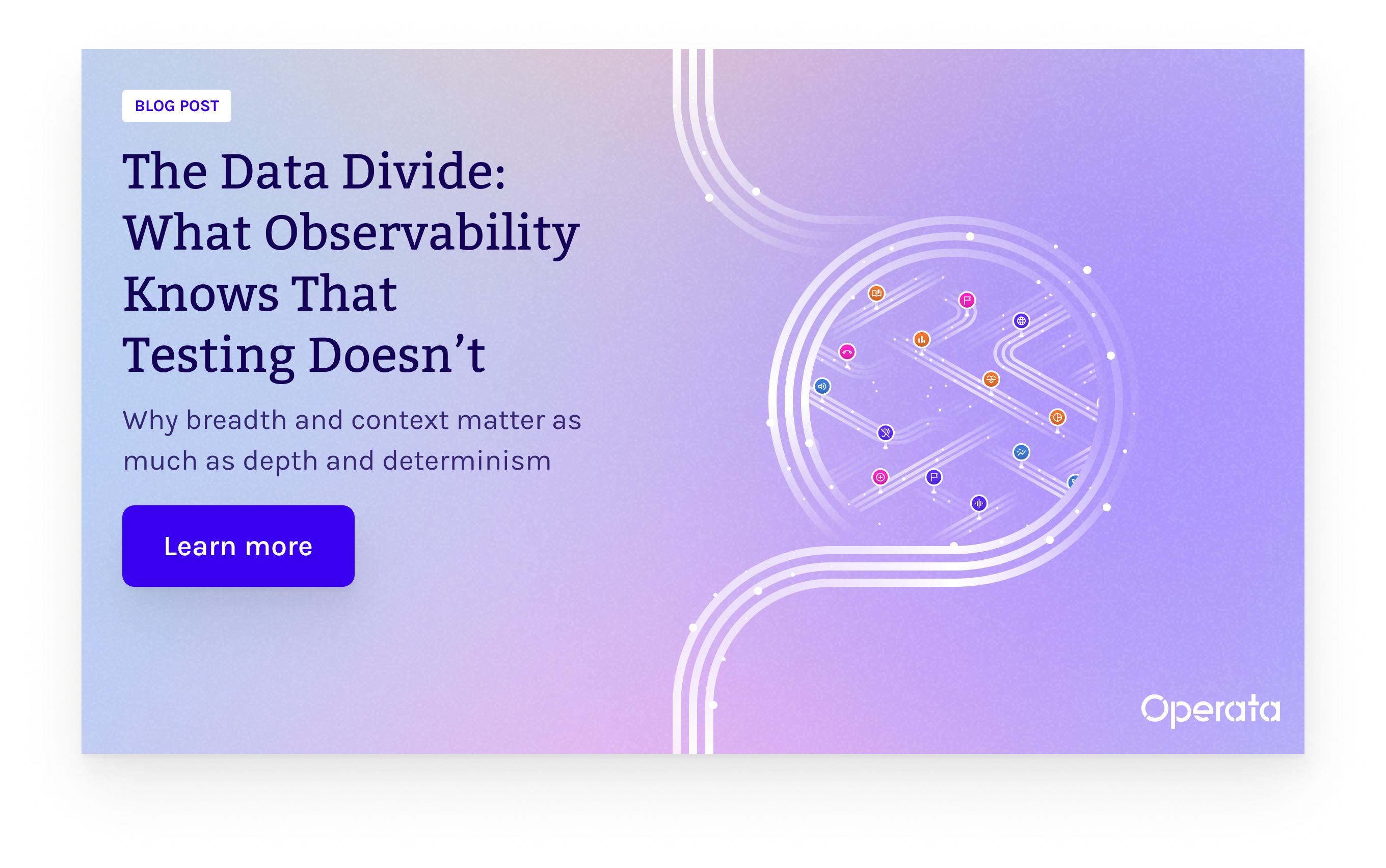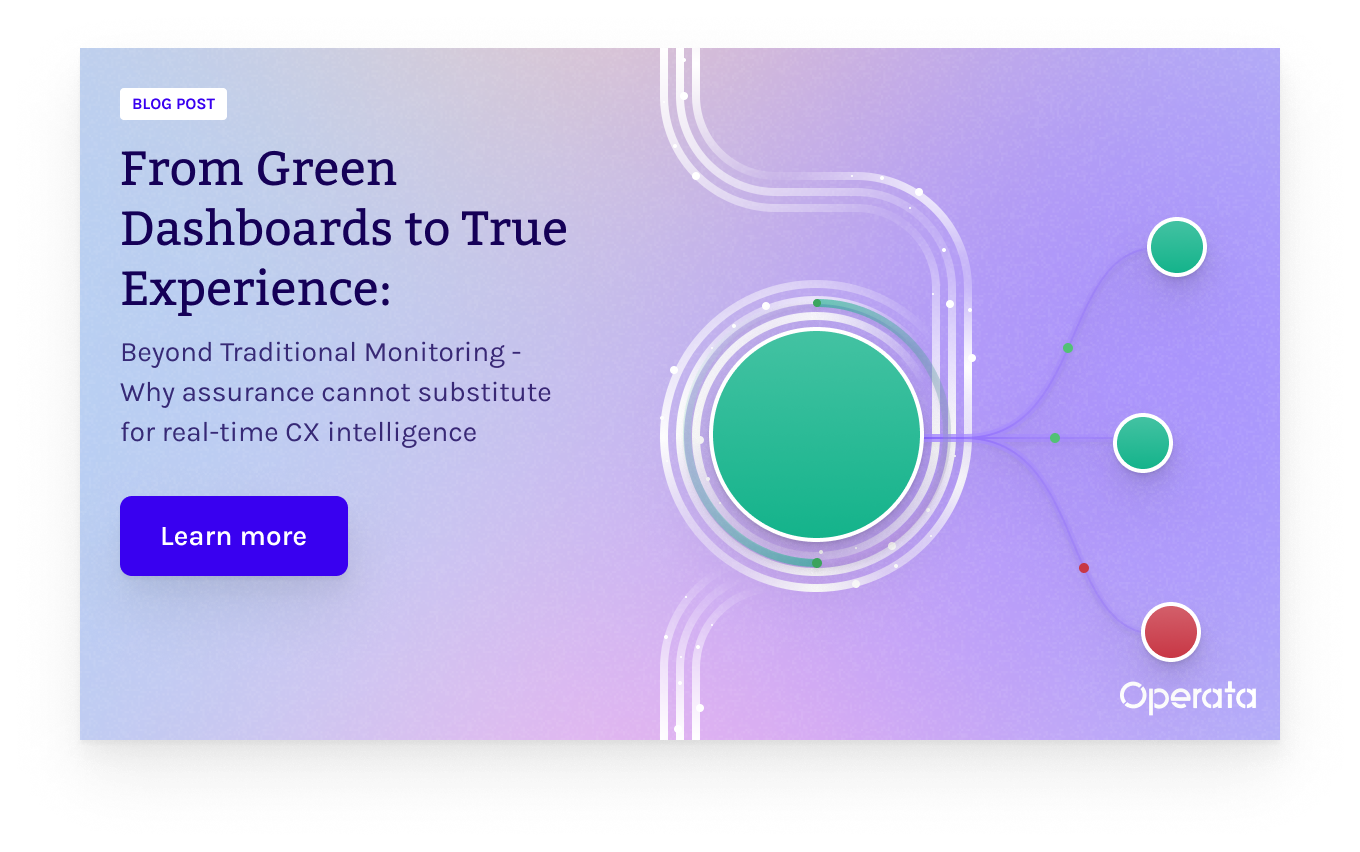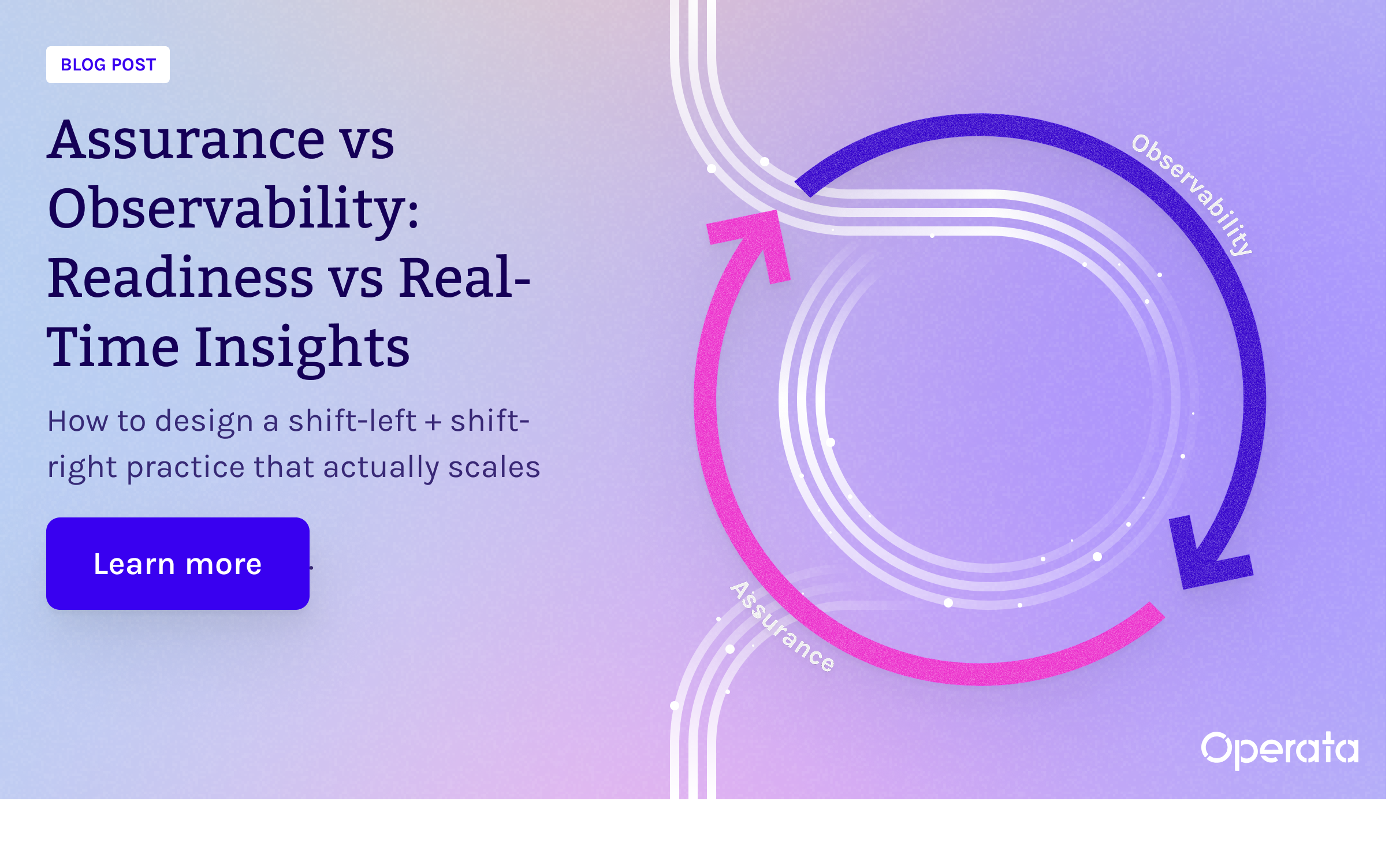After over 20 years in the contact center industry, you'd think I'd seen it all. However, this week provided me with more fresh insights about yet another hidden pitfall in the world of CCasS. Virtual Private Networks (VPNs). VPNs are secure, encrypted connections, but maybe best described as tunnels through which data travels between points. They allow remote users to safely access resources on a company's network; however, I learned this week that they can unknowingly complicate network diagnostics.
The Double-Edged VPN Sword
I've always known VPNs for their ability to secure sensitive data, ensuring compliance and privacy as well as a way to access my favorite sites when I'm abroad. However, I recently discovered they introduce significant diagnostic challenges in contact centers that run cloud-based solutions (CCaaS). When contact center agents access systems via VPN, their traffic merges into a single encrypted stream at centralized data centers, effectively hiding localized network problems from traditional monitoring tools. This revelation completely changed my understanding of network diagnostics.
Uncovering Hidden Costs
What I didn't know before was how VPN tunnels could inadvertently introduce latency, packet reordering, and congestion, making it nearly impossible to attribute issues correctly. I saw firsthand with Operatas CX Observability platform how a malfunctioning home network could seem deceptively stable, masked entirely by VPN encryption.
Real-Life Lessons from Contact Center Logs
As I was being taught more about our platform this week, I was taken through an analysis of one of our customers' softphone logs, which uncovered surprising patterns of packet loss and connectivity problems. Initially puzzling, these issues led back to agents who appeared securely connected via Ethernet. In reality, they were using VPN connections, which introduced misleading network hops. This was an aha moment for me, because I could now see how severe network instability could remain hidden right under your nose.
Impact on Operations
When I put myself back into the shoes of a practitioner, I began to consider the broader implications.
- Delayed Response: Troubleshooting teams focusing on VPN endpoints rather than individual user environments.
- Operational Blind Spots: Because VPN connections can obscure endpoint visibility, this can lead to misdiagnosed issues and a misunderstanding of the true health of the network.
- Support Frustration: Without endpoint visibility, the front-line team would continually face unresolved issues.
New Strategies for Diagnostics
Here’s what I learned we could do better:
- VPN Bypass Monitoring: Implementing advanced diagnostic tools that look beyond VPN tunnels could significantly clarify the true path from agent to cloud.
- Lightweight Endpoint Collectors: These tools provide direct, real-time insights into individual workstation performance, quickly isolating problems.
- Routine Endpoint Log Checks: Regularly reviewing softphone logs can reveal early warnings, helping us proactively address issues.
The Balance Between Security and Visibility
So, to wrap this up, what did I learn this week? Although VPNs are critical for security, they must be balanced carefully with clear network diagnostics, and only with CX Observability can we shorten resolution times and enhance the reliability and effectiveness of cloud contact centers.
Until next time and as always, hooroo
Luke Jamieson brings over twenty years’ experience in contact centre leadership, having overseen some of Australia’s most successful operations and guided major CCaaS cloud migrations for leading organisations. Despite his track record, he remains committed to learning and is keen to share his discoveries each week at Operata.

















